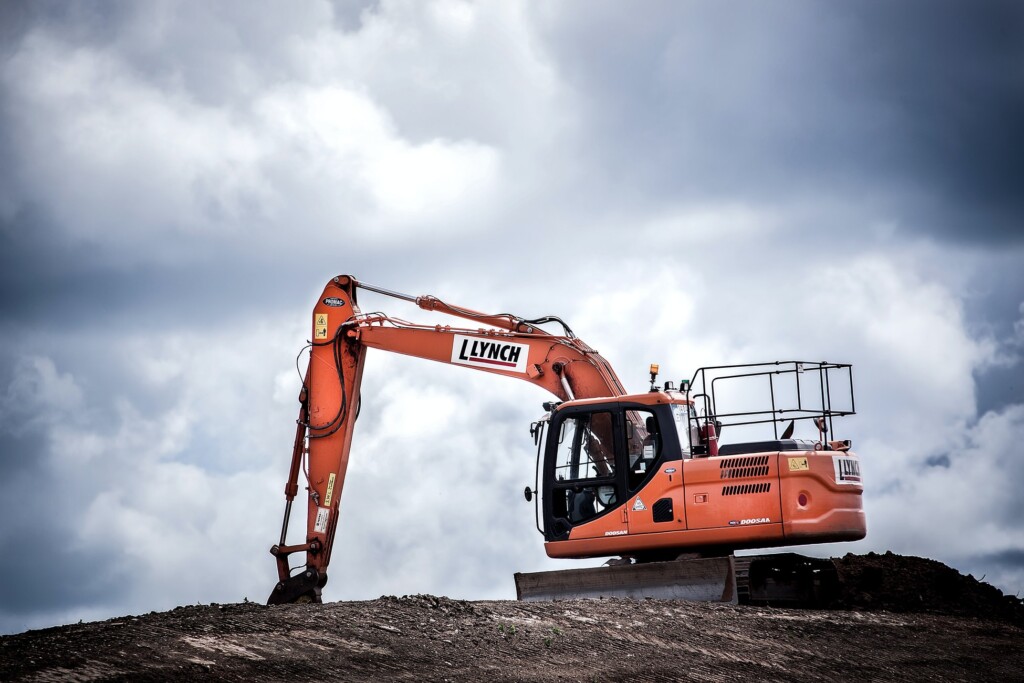
A builder’s lien is commonly filed on lands upon which the contractor worked. However, this is not always, and need not be the case.
JVD Installations Inc. v Skookum Creek Power Partnership, 2020 BCSC 374 clarifies the scope of lien claimants’ rights in regard to construction projects involving multiple parcels of land. It provides authority for lien claimants to assert their rights under the Builders Lien Act, S.B.C. 1997, c. 45 (the “BLA”) over parts of a project even where they may not have performed or provided any services.
Background
The project in question concerned the Skookum Creek Hydroelectric Project near Squamish, British Columbia. Almost all of the Project was constructed on Crown land save for about two parcels of private land that the transmission line for the project ran across.
In the course of the project, the project parties were governed by interrelated contracts that created a partnership between the project’s owners, designers and engineers, and the contractors and subcontractors. The project suffered cost overruns and delays. Disputes arose as to who caused the increased costs and delays, resulting in unpaid invoices.
Liens were filed and actions were commenced by the subcontractor, JVD Installations Inc. (“JVD”) and JVD’s sub-subcontractor, IDL Projects Inc. (“IDL”). The JVD and IDL liens were filed on the private transmission-line lands of the project which JVD and IDL did not work on – those lands being the only lands that could be liened since the rest were unlienable Crown lands.
Eventually the owners posted a lien bond and the liens were cancelled by consent for the lien claims to be determined at trial (for $4.5 million later reduced by consent to $3,690,790.11).
Decision
At trial, one of the key issues before the Court was the validity of the liens on the basis that the plaintiffs did not actually perform or provide any work in relation to an improvement on the private lands on which they had filed the liens.
The Court rejected the defendants’ arguments, finding that the liens were valid under the BLA.
The Court began by reiterating the definition of work and improvement under the BLA. Work is any work, labour or services on an improvement, and improvement is the product or end result of the work. Accordingly, the Court found it was clear that:
- IDL had performed work on the Project;
- JVD provided work by having subcontracted IDL; and
- the project was an improvement which included the lands liened by the plaintiffs.
In dealing with the fact that neither plaintiff performed or provided any work on the liened lands, the Court set out a two part analysis to find in favor of the plaintiffs:
- First, under the BLA, there is no requirement for the lien claimant to have performed or provided work on the lands described in the lien – it only requires the lien claimant to have performed or provided work “in relation to an improvement” regardless of where the claimant performed the work, even if most of the improvement is located outside the liened lands.
If this is established, then the claimant is entitled to lien against any land that the improvement touches. This was the case here as far as the transmission-line lands. The plaintiffs performed work in relation to other parts of the project lands even if not on the actual transmission lands and so they were entitled to lien any land that the project improvement touched.
- Second, to consider whether a claimant’s work is deemed to be done in relation to an improvement under the first factor, a court must consider if the work forms an integral and necessary part of the actual physical construction of the improvement. This can be satisfied without any actual work on the liened lands if either:
- the claimant performed work off-site that may be incorporated into and form an essential physical part of the finished improvement; or
- they performed work on one part of a single integrated improvement that is located on more than one parcel of land.
In the case at bar, the Court found that this project fit under the second scenario: this hydroelectric facility was a single integrated improvement since its various components were mutually interdependent, integral and necessary to each other. For example, without the components that the plaintiffs had worked on (the intake, penstock, power house, and substation power plant), the transmission lines where the liened lands were located were useless; and without the transmission lines the power for the facility was useless – this was all conceded by the owner during trial.
Take Away
The Court’s decision in this case makes clear that:
- a lien claimant can file a lien on lands comprising an improvement even if they did not work on the liened lands, if:
- the improvement is a single integrated improvement; and
- the work they performed or provided was integral and necessary to the improvement.



